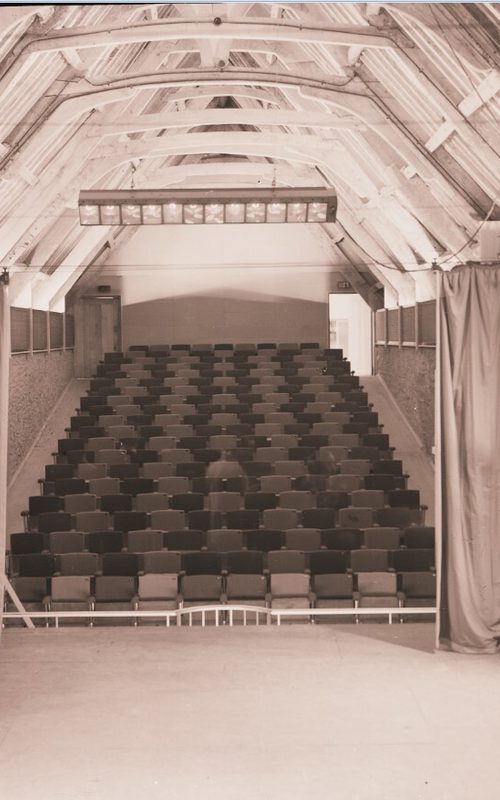
Barn Cinema: Changes through time
In August 2025, the Barn Cinema is scheduled to have some exciting developments to its screening experience. A new projector is being installed, along with a new sound system and a bigger, better screen. During the time of installation, the cinema will be temporarily closed from Monday 28th July to Sunday 10th August. Following this short closure, the Barn will be back with an exciting programme, amplified by enhanced sound and visuals, marking a significant development in the building’s long history.
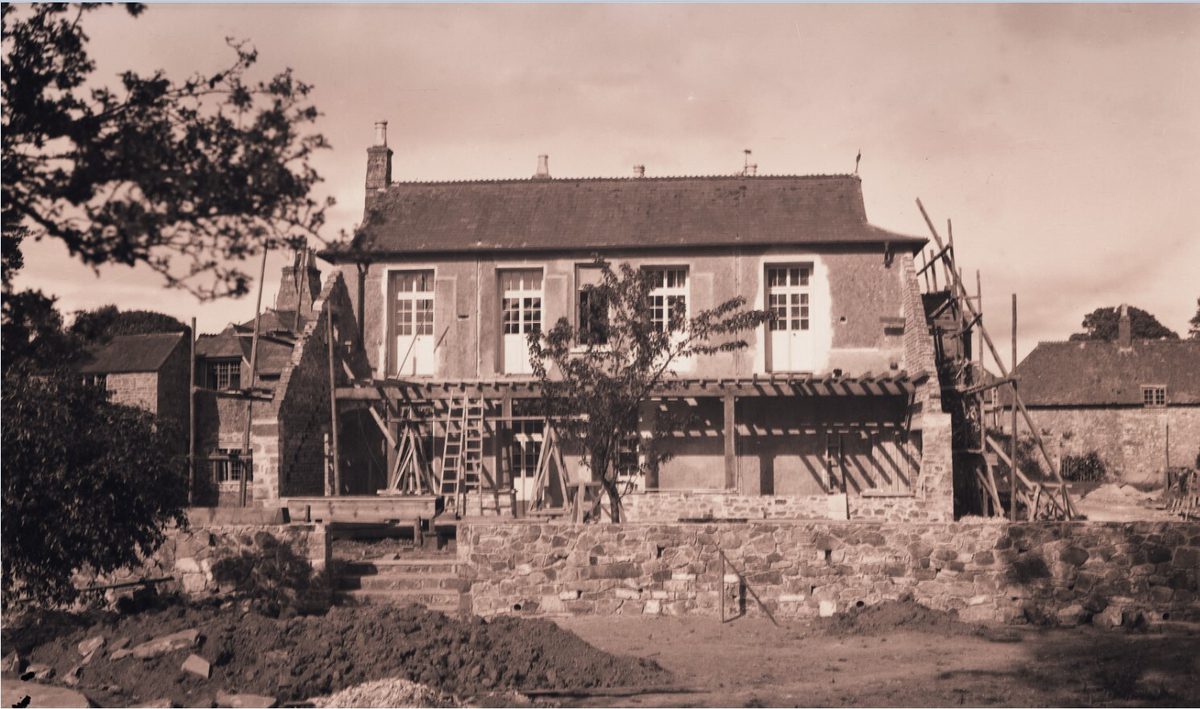
Though many cinemagoers will know the venue as a cinema, screening dramas, action films, theatre live screenings and documentaries, the building was originally part of Dartington’s rich agricultural history, and dates from the 15th century. In the early 1930s the Barn’s exterior was reconstructed by architect William Weir, and between 1933 and 1938 it was converted into a fully-equipped theatre by Bauhaus founder Walter Gropius and Robert Henning. Some of Gropius’ fascinating plans, including his design for the Barn’s trussed beam roof, have been preserved and are testament to his ambition and skill (DHTA/T/EST/S25/A/003).
The first production at the newly-converted theatre was a 1934 performance of Henrik Ibsen’s ‘A Doll’s House,’ directed by Ellen van Volkenburg Browne and starring Beatrice Straight, daughter of Dartington co-founder Dorothy Elmhirst, as Nora Helmer. Photographs of the performance are still housed with the rest of the Dartington Hall Trust Archive (DHTA/MC/S6/3/K/001-9), as is the full opening programme (Dartington Hall Barn Theatre Productions, DHTA/MC/S4/19/E). Other early performances included ‘Episodes from Alice in Wonderland,’ directed by Richard Odlin and featuring Dartington’s remarkable collection of heritage puppets, and programmes by the Buckfastleigh Amateur Dramatic Group, the Rural Entertainment Society, Ltd, CEMA (Council for the Encouragement of Music and the Arts), and the Sadler's Wells Ballet.
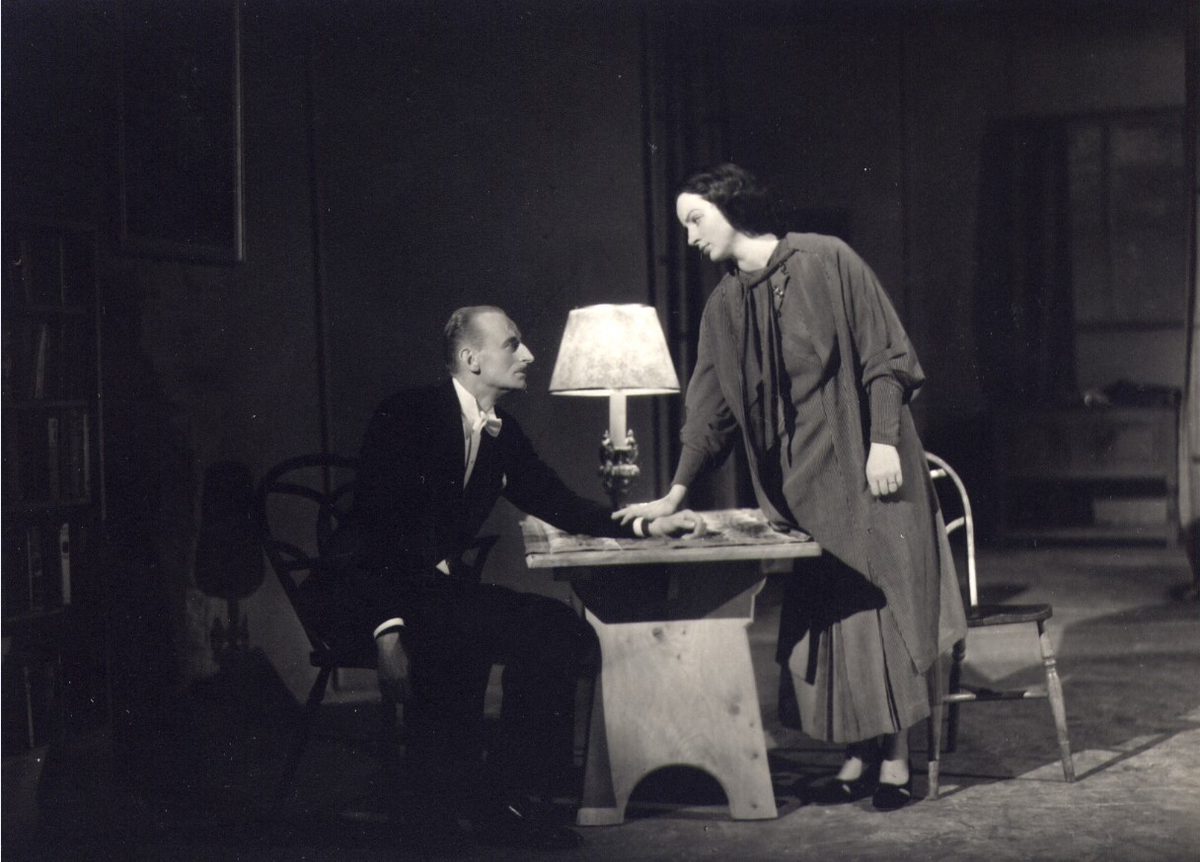
The theatre was also extensively used by the most notable theatre artists in residence at Dartington, including the Margaret Barr Theatre Troupe, the Jooss Ballet, and the Michael Chekhov Theatre Company. Many of these performers, directors, and writers found their way to Dartington in order to escape the more restrictive conditions of war-torn Europe. Kurt Jooss, (1901- 1979), left Germany in 1933 after refusing to dismiss the Jewish members of his dance troupe. Michael Chekhov, (1891-1955), an actor, director and theatre practitioner, and critic of the Communist regime in Russia, was brought to Dartington at the invitation of Beatrice Straight. Under Chekhov’s direction, a dynamic programme of theatre continued at Dartington. In an interview with Dorothy Elmhirst, Chekhov said: ‘About the meaning of the theatre— I think it has social meaning, nothing personal or individual. If it does not serve social purpose, it is a great illusion.’ (‘What is the role of the theatre in life,’ August 1939, DHTA/MC/S4/16/H). The adaptive and community nature of Dartington was suitable to his vision, a place with ‘a social purpose’ where a wide variety of theatre could be performed.
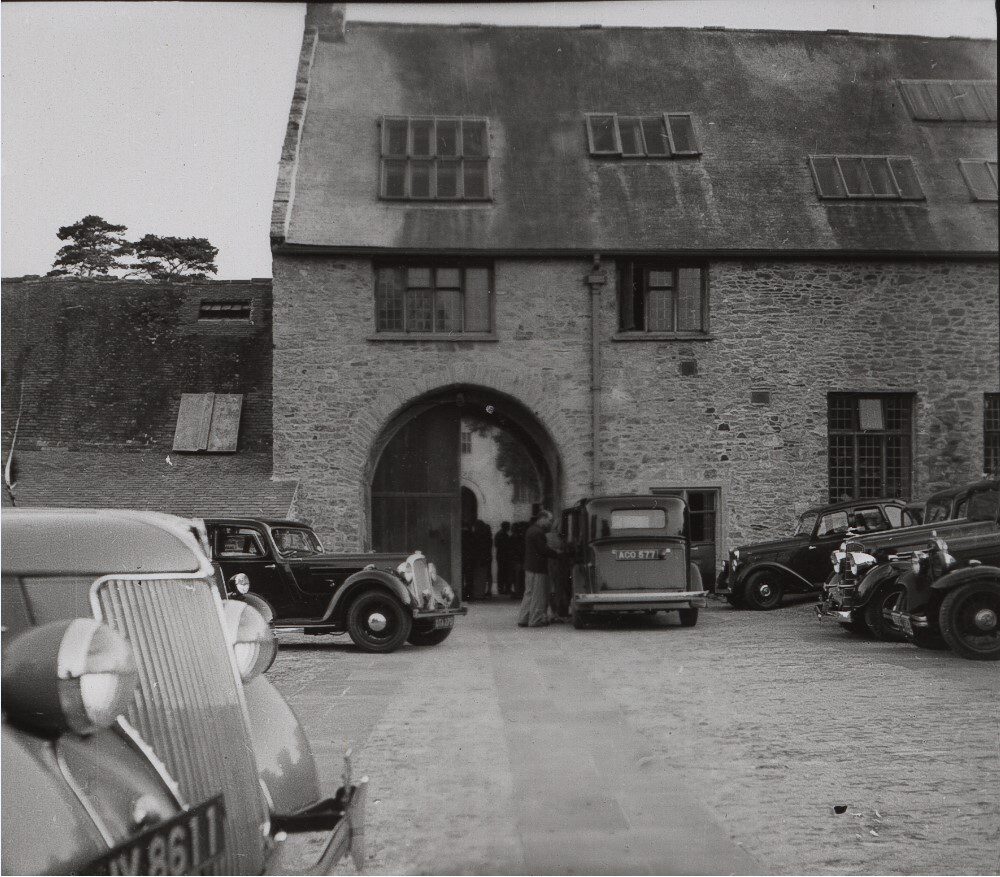
Alongside the theatrical performances, in the 1930s the Barn also became the home of the ‘Cine Club,’ including Dartington co-founder Leonard Elmhirst, American artist Mark Tobey, and other teachers and pupils from Dartington Hall School. This group formed the beginnings of the ‘Dartington Hall Film Unit,’ which was formed in the 1934 under the leadership of William Hunter, John Wales, and Tom Stobart. The Film Unit made films of estate activities, but also commissioned information films from the Crown Film Unit, largely concentrating on declining rural industries such as Lancashire clog making, the Somerset Peat industry, and Cornish Tin Mining. There was a strong impetus for creating films which could be used for educational purposes in schools, marking a relatively novel approach to teaching. Despite its amateur but energetic beginnings, by 1940 the Unit had already completed 20 films, and an undated inventory lists an impressive array of film equipment (DHTA/T/AF/1/G/1). The Unit disbanded in 1949, but the films are still preserved by Dartington and are testament to an interest in recording and capturing industries at risk.
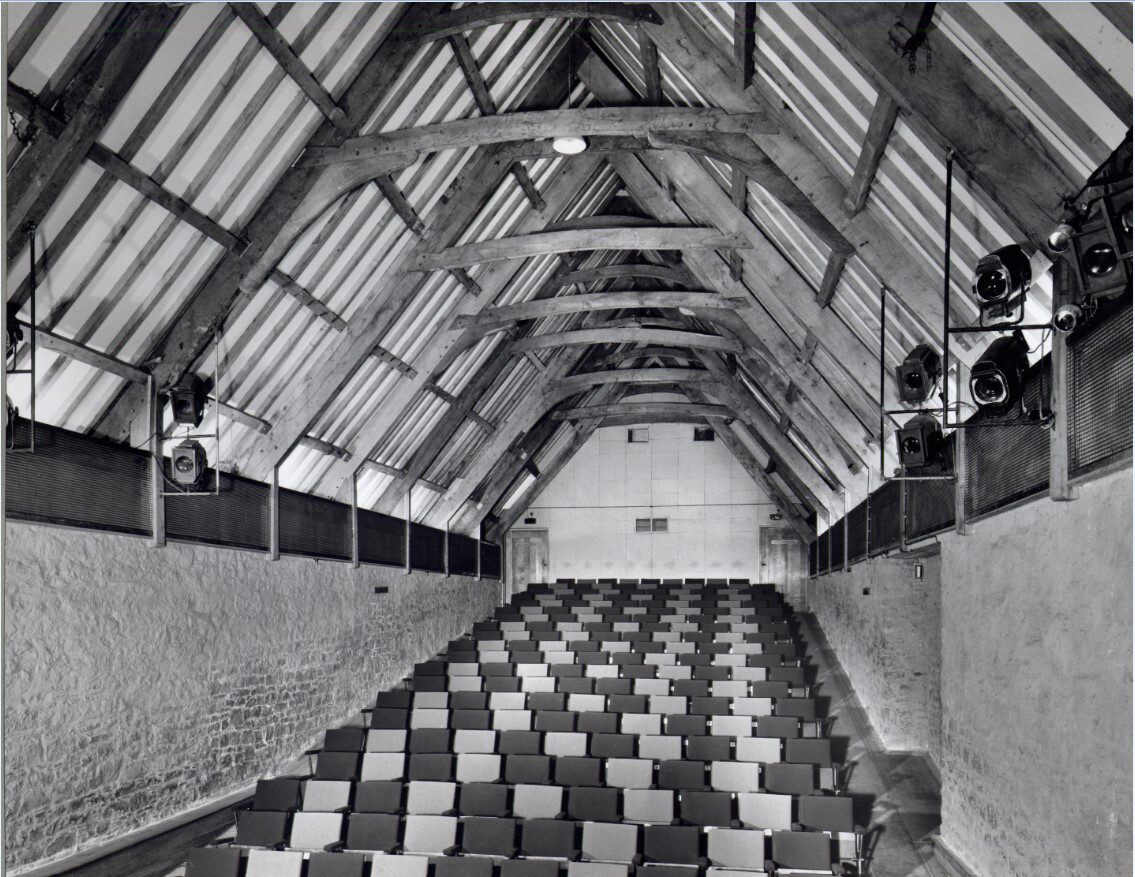
In the 1970s, the Barn Theatre began operating as a cinema, initially as part of the British Film Institute regional cinema network, before becoming a full-time independent cinema in the 1990s. In its latest iteration, the Barn cinema will benefit from a new projector, a bigger, better screen, and 7.1 surround sound capability, enabling a more immersive viewing experience. Following this latest update in a long history of developments and innovations, the Barn will open again on Monday 11th August with a 5pm screening of Four Letters of Love, directed by Polly Steele and adapted from Niall Williams’ bestselling novel. We look forward to welcoming you at the Barn again soon.
Beth Howell
Archivist & Librarian
